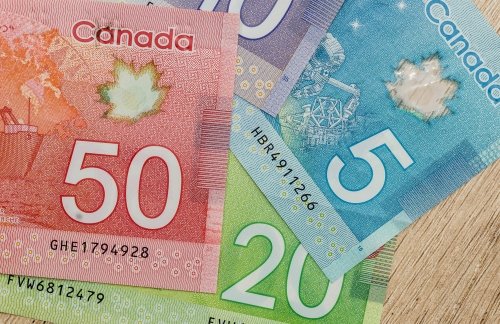- Summary:
- The USDCAD pair jumped ahead of key employment numbers. Analysts expect that the country created more than 400k jobs in July as recovery continued.
The USDCAD pair is up for the second straight day as investors react to an overall strong US dollar and the new tensions between the US and Canada. The pair is trading at 1.3350, which is its highest level since Tuesday this week.
The USDCAD pair is gaining ahead of the July employment numbers from Canada and the US. Economists polled by Reuters expect that the Canadian economy created more than 400K jobs in July after creating 952k in the previous month. If they are accurate, it will mean that the Canadian economy has created more than 1.6 million jobs in the past three months.
Analysts also expect that the country’s unemployment rate will fall to 11% while the participation rate will climb to 63.8%. There are signs that these numbers will be better than what analysts expect. For one, oil prices have stabilised, the number of coronavirus cases have fallen, retail sales have jumped, while manufacturing and services sectors have returned to growth.
The Canadian jobs numbers will come at the same time as the American nonfarm payroll numbers. Analysts expect that the US economy created more than 1.6 million jobs as the unemployment dropped to 10.5% from the previous 11.1%. The numbers will come two days after numbers from ADP showed that American private firms employed just 167k people in July.
Meanwhile, the AUDUSD pair is reacting to the new trade conflict between the US and Canada. In a statement yesterday, Donald Trump reinstated a 10% tariff on Canadian aluminium. This happened a month after the US, Canada, and Mexico signed the USMCA trade deal. In his statement, Trump cited the sharp increase in Canadian aluminium, which has affected American producers. Canada vowed to retaliate against the US tariffs.
USDCAD outlook
The daily chart below shows that the USDCAD pair has been in a sharp downward trend since peaking at 1.4670 in March this year. If you look at the monthly chart, you will realise that this price was also the highest level since January 2016.
The current price is along the 50-day and 100-day Hull moving average. It is also below the downward trend line that is shown in blue and above the 78.6% Fibonacci retracement level. This retracement connects the highest and lowest levels this year. Therefore, I suspect that the price may resume the downward trend especially if Canada’s jobs numbers are better than those from the US.
However, a move above 1.3460 will invalidate this trend. This price is the highest level since July 30.
USDCAD technical forecast



